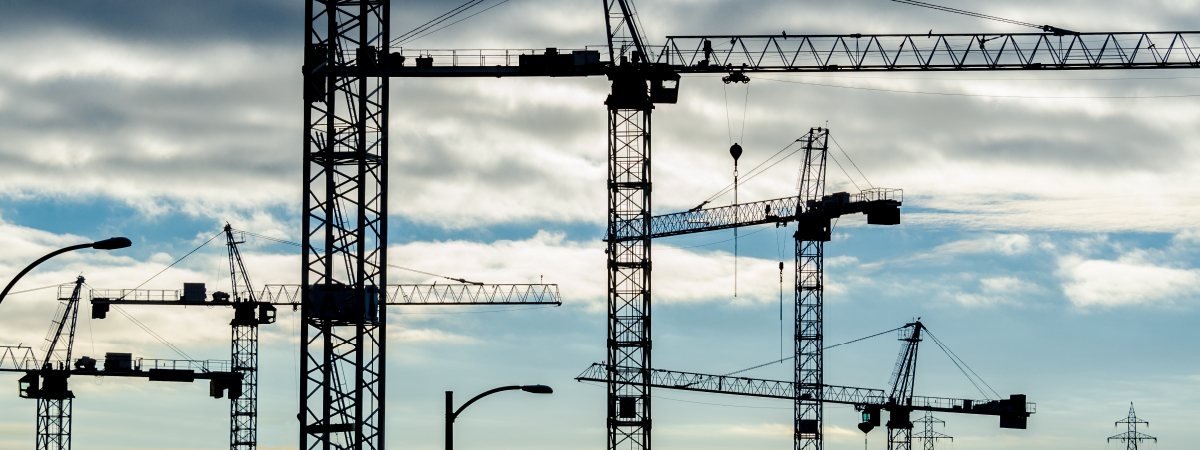Legislation Changes for Tower Crane Zoning and Anti-Collision Devices
What is changing?
Tower cranes erected in BC that have the ability to overlap a high powerline or overlap with the operating zone of another tower crane will be required to have a zone limiting device with anti-collision control installed. The changes to the Occupational Health and Safety Regulation (OHSR) are expected to go into effect in March 2023 and are summarized at the end of this article.
Who will be affected?
Once the revised regulations are enacted, employers must ensure that zoning device(s) are installed and used in accordance with the manufacturer’s instructions. Since this installation is a modification to crane control system, the crane must be assessed and certified by a professional engineer. The crane inspection and maintenance records must include adequate information related to the zoning device installation and safe use.
How can I prepare?
Many cranes built over the last several years should already have a manufacturer supplied zoning/anti-collision device interface built-in that will allow for external devices to be installed. This can be confirmed by contacting the crane manufacturer directly or referring to the operator’s manual.
Adding a zoning device to a tower crane is considered a modification and must be approved by the original equipment manufacturer (OEM) or a professional engineer.
If you have an older piece of equipment, you may run into some challenges when installing zoning/anti-collision systems, for example:
- Electrical/Control Panel Modifications – You will need to provide up-to-date inspection and maintenance records for any electrical or control modifications, including accurate electrical schematics. Modifications will need to be assessed and certified by a professional engineer or the OEM.
- Equipment Modifications – You will need to provide up-to-date inspection and maintenance records that represent any structural or mechanical modifications to the machine. Modifications will need to be assessed and certified by a professional engineer or the OEM.
Summary of upcoming changes
WorkSafeBC has published a draft of the proposed changes. Here is a summary with the changes shown in bold italics:
OHSR 19.24.1 (2) – If practicable, an employer must ensure that a tower crane operating at a workplace that has exposed electrical equipment or conductors is equipped with a zone-limiting device that prevents the crane from operating in the relevant minimum approach distance.
OHSR 14.84.1 (2)(c.1) – If practicable, each crane must be equipped with and operated under the control of a zone-limiting device with anti-collision control.
Note the following existing requirements in the Occupational Health and Safety Regulation:
OHSR 14.15 (2) – If a modification that affects the rated capacity or safe operation of a crane or hoist is made to its structure, to one of its mechanical components or to its control system, the crane or hoist must:
(a) be assessed,
(b) have its rated capacity adjusted as necessary, and
(c) be certified as safe for use.
OHSR 14.14 ( c) Records of inspection and maintenance meeting the requirements of Part 4 (General Conditions) must be kept by the equipment operator and other persons inspecting and maintaining the tower crane.
In addition, OHSR 14.2 (6) stipulates that a tower, hammerhead crane or self-erecting tower crane must meet the requirements of CSA Z248-2004, Code for Tower Cranes. Clause 4.2 of this standard states that “all modifications to a tower crane shall be designed by the manufacturer or by a professional engineer in accordance with FEM Design Rules 1.001”.





